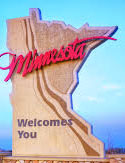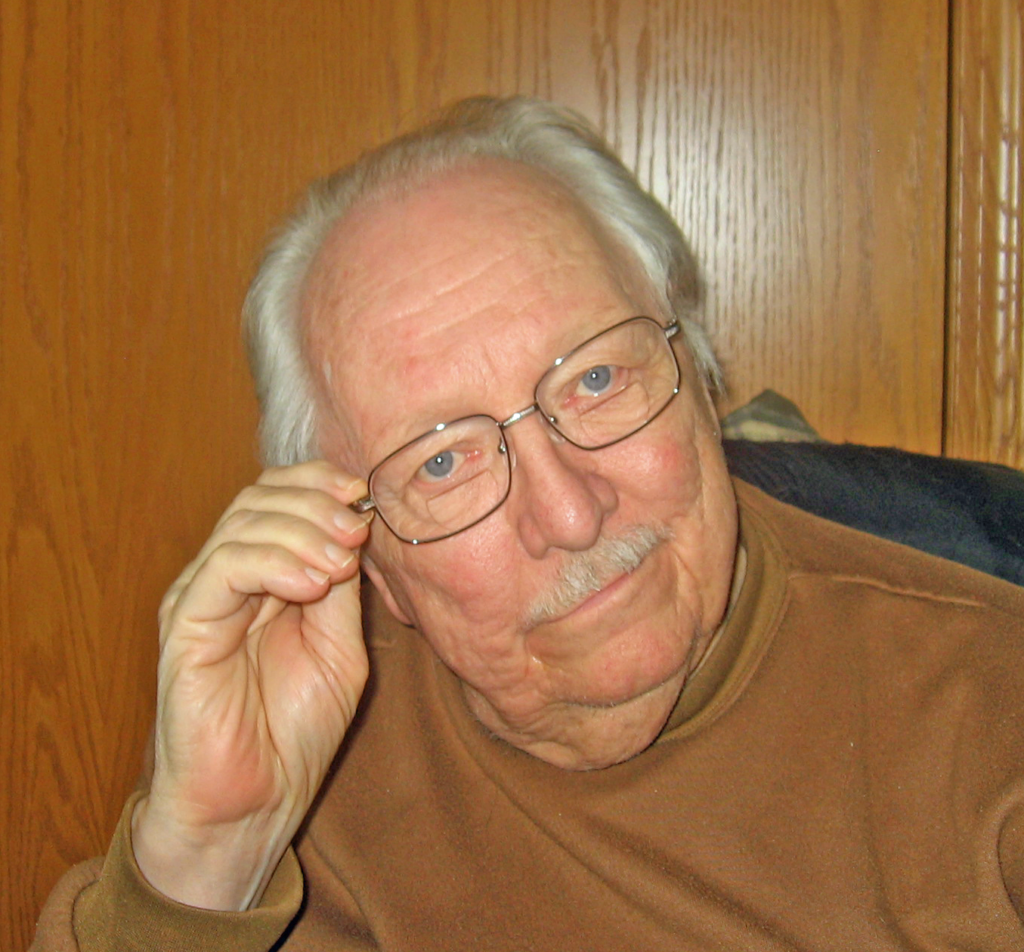Sharing is caring!
 I guess I should begin by defining the area I find interesting enough to write about. It starts at the far eastern edge of Minnesota along the shores of Lake Superior. There had once been a thriving fishing industry. By the end of the 1940s, the sea lamprey had pretty much wiped out the fishing industry. The sea lamprey is a parasitic the fish that comes from the North Atlantic. As a child, one of the images stuck in my head is a derelict fishing boat laying on the side on a beach.
I guess I should begin by defining the area I find interesting enough to write about. It starts at the far eastern edge of Minnesota along the shores of Lake Superior. There had once been a thriving fishing industry. By the end of the 1940s, the sea lamprey had pretty much wiped out the fishing industry. The sea lamprey is a parasitic the fish that comes from the North Atlantic. As a child, one of the images stuck in my head is a derelict fishing boat laying on the side on a beach.
Moving West, we encounter the iron mining regions. There are four iron ranges in Minnesota. They are the Mesabi, Vermilion, Gunflint, and the Cuyuna. By the end of World War II, the high-grade deposits were mostly depleted. Mining had turned to an ore called Taconite. The iron minerals are interlaced with things such as quartz. There is a complicated way of extracting the iron minerals which usually make up only about 15% of the material mined. The mining industry declined after World War II.
My interests go about as far west as the start of the Prairie. If you are following Highway 2, the Prairie starts about Fosston, Minnesota. Most people think of the Prairie as the home of the book and TV series Little House on the Prairie. The place that Laura Ingalls Wilder wrote about was her childhood home of De Smet, South Dakota.
I mentioned just two industries. There was also a timber industry that had died out at the start of the 20th century although there was still some logging going on. There was some subsistence farming as well. It should also be clear this region right after World War II was quite poor. I’ll come back to this in later blogs. This one is meant just to define the region I am interested in and know.
